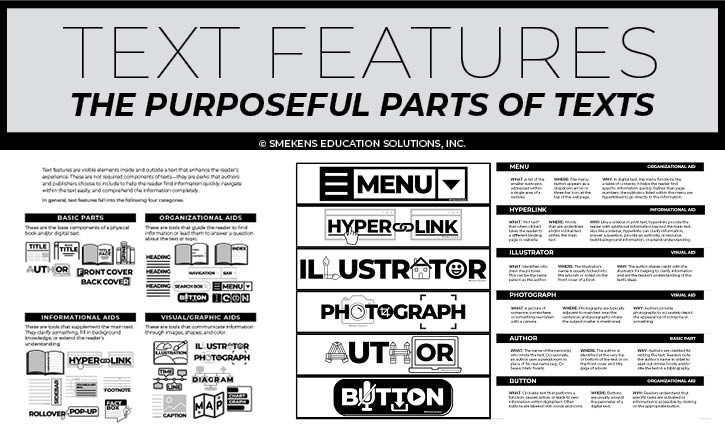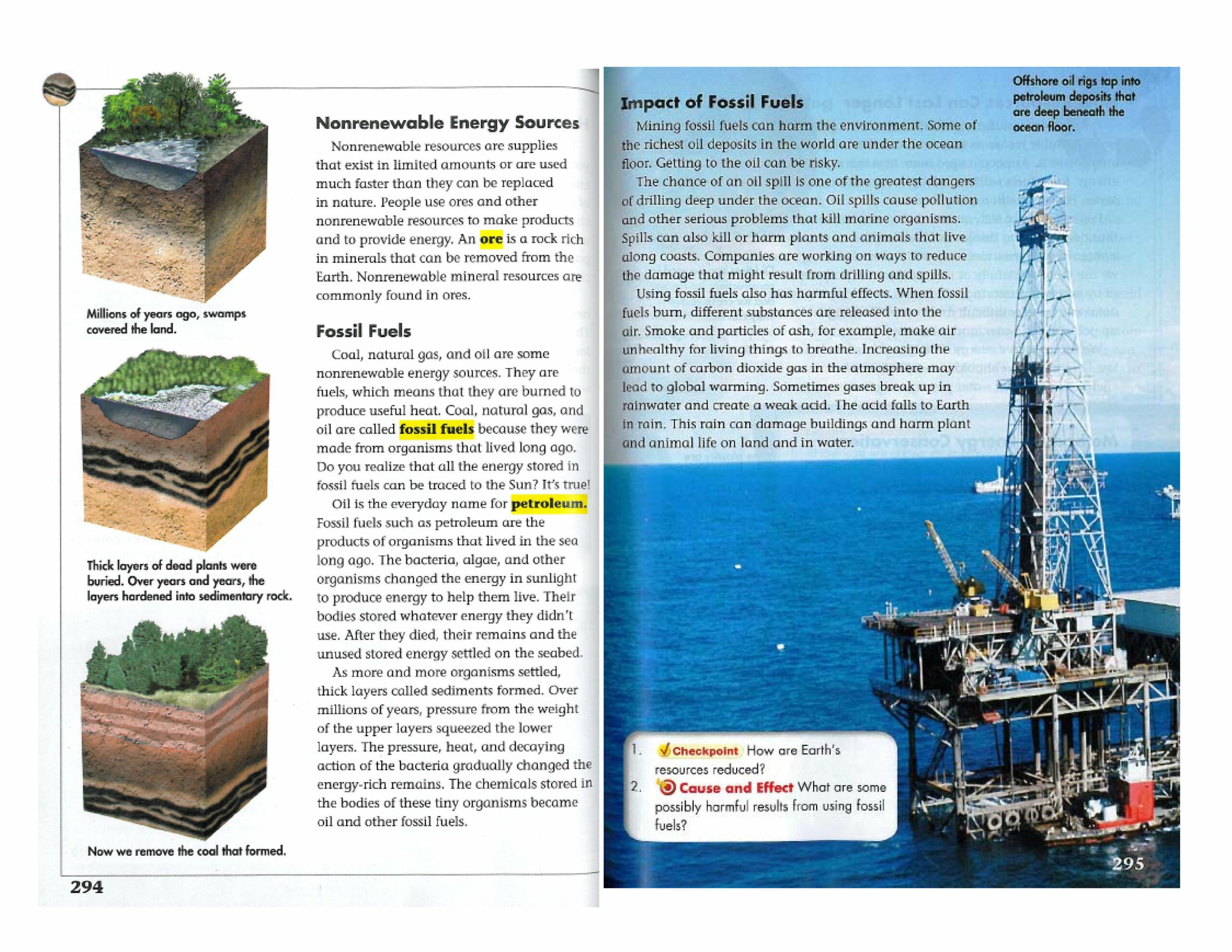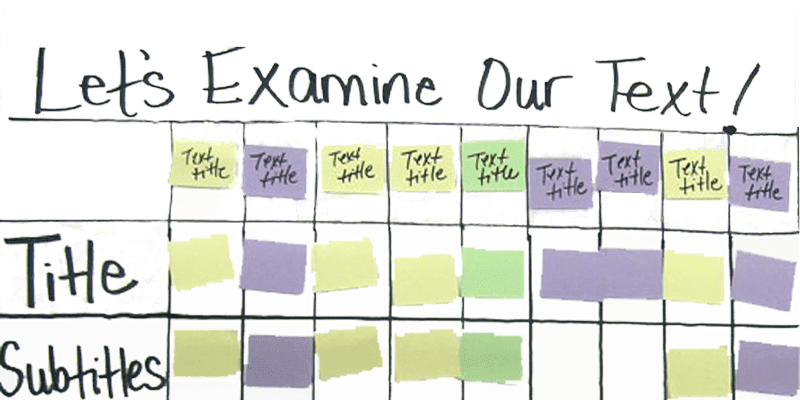reading
Evaluate text features for their added value
 Text features aid the reader in finding information. However, instruction must go beyond teaching text-feature types. Students need to be able to assess the information that text features provide.
Text features aid the reader in finding information. However, instruction must go beyond teaching text-feature types. Students need to be able to assess the information that text features provide.
Here is an example: Imagine students read an informational article about doctors listening to music while performing surgery. The article includes the songs doctors choose to pipe into the operating room and the type of music that corresponds with the best surgical outcomes. Adjacent to the article is a chart listing the popular music genres that doctors have listened to for the past 25 years.
A common text-feature question is: “How did the chart help you better understand the information in the article?” Students tend to reply: I learned the kinds of music that doctors like. However, that one-sentence response is not specific enough on a standardized test.
When the question uses language that includes “How did the chart help you better understand the article,” scorers are looking for a response that includes what information is revealed in the chart that does not appear in the article. Remember—text features add information. The purpose of such a question is not to summarize the content of the chart. Rather, the reader must identify the new or additional information that the chart provides.
A stronger response would include two separate and specific sentences. For example: The article explains the benefits of listening to opera music. The chart shows the percentage of doctors who actually play opera music in the operating room.
Like in this example, students need to identify what is presented within a text feature—a chart, a graph, a map, a timeline, a figure, a diagram—that wasn’t stated originally in the main article. Using the unique testing lingo, ask students “How did this help you better understand that?”
Unpack infographics
More on text features
Students often perceive text features as decoration or filler. They often don’t read text outside of the gray body paragraphs. However, text features serve a purpose. They are there to provide the reader additional information. It’s imperative that students see text features as more than eye candy! Consider removing all the gray text (traditional paragraph text) from the page. Download an example. It’s easier to see text features when the text is removed.
Now, as you ask questions about the content, students are forced to “read” the charts, maps, timelines, and diagrams. With nothing else to help them, students will scour the text features looking for information. This helps them realize how many facts and details are outside the traditional paragraphs of print text.
These could make for a great literacy station or a fabulous activity for morning or bell work at any level.









